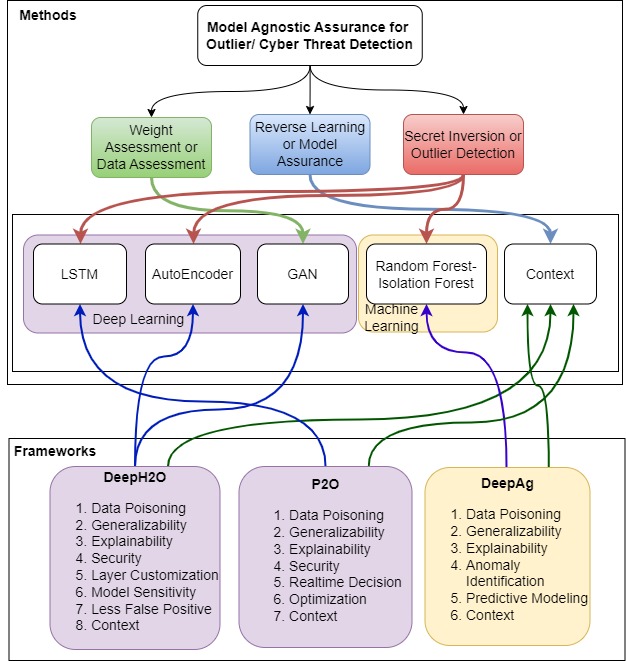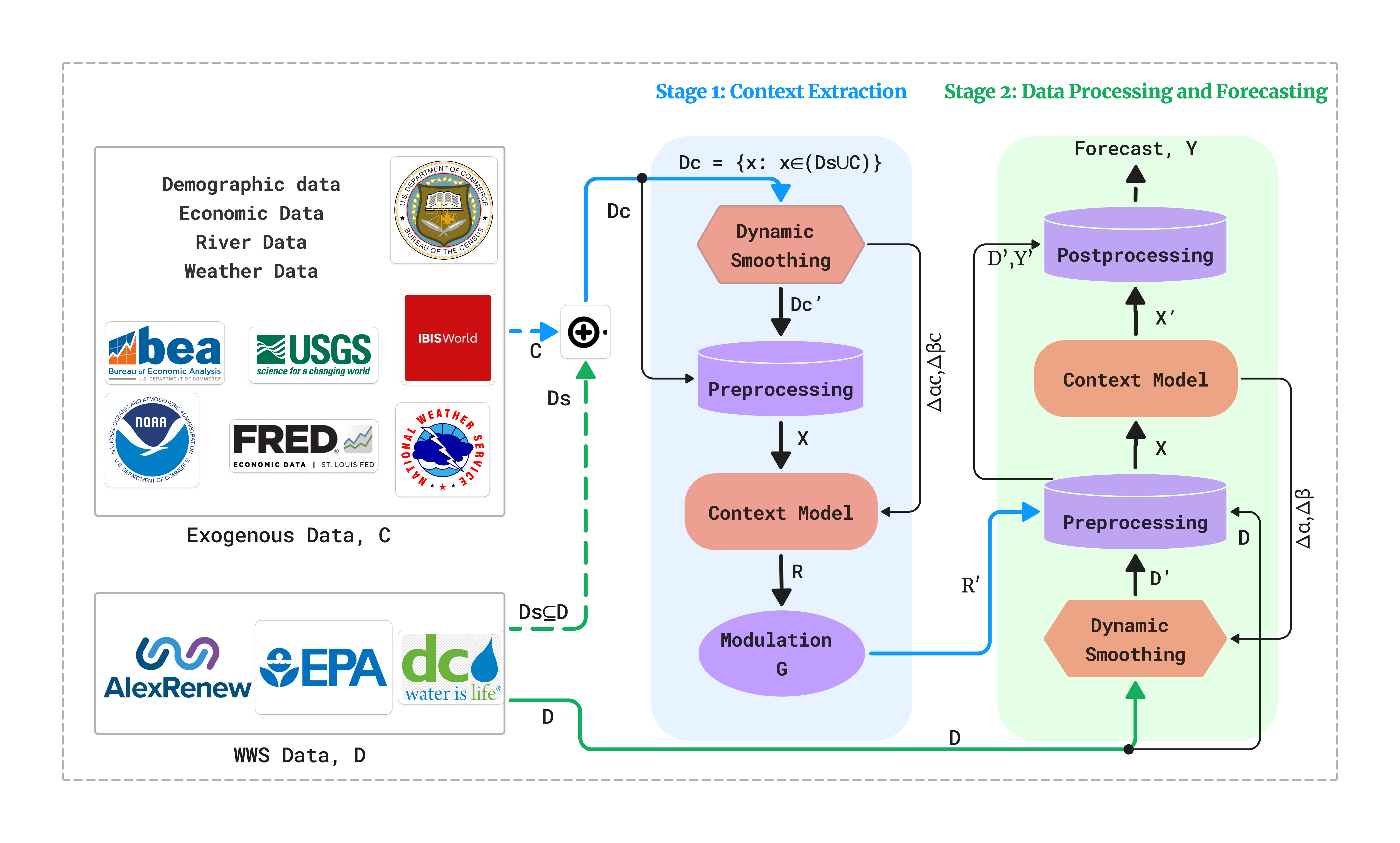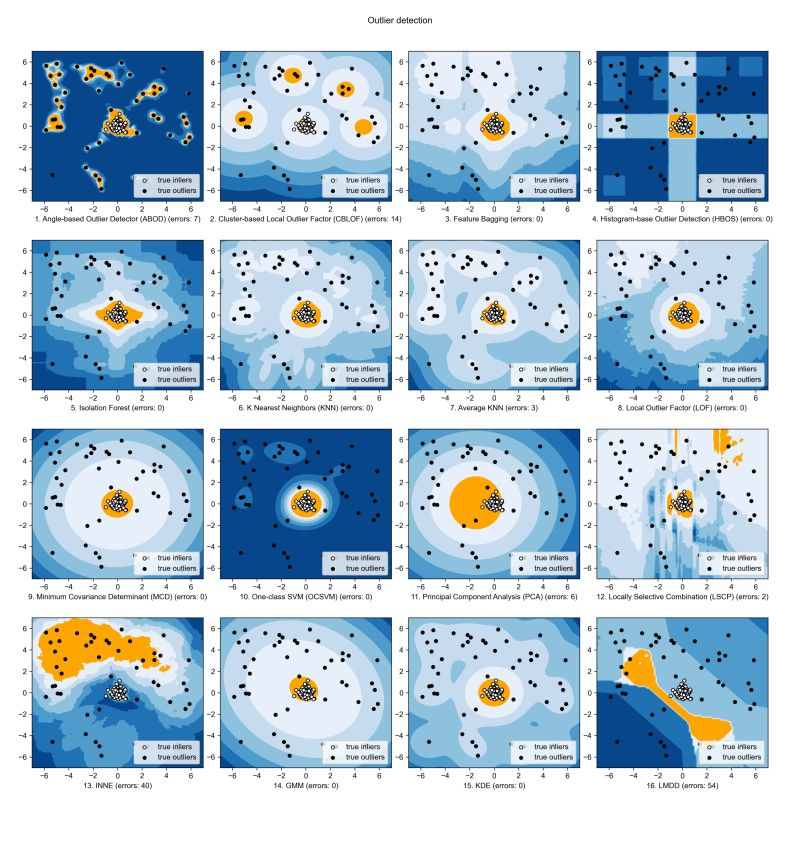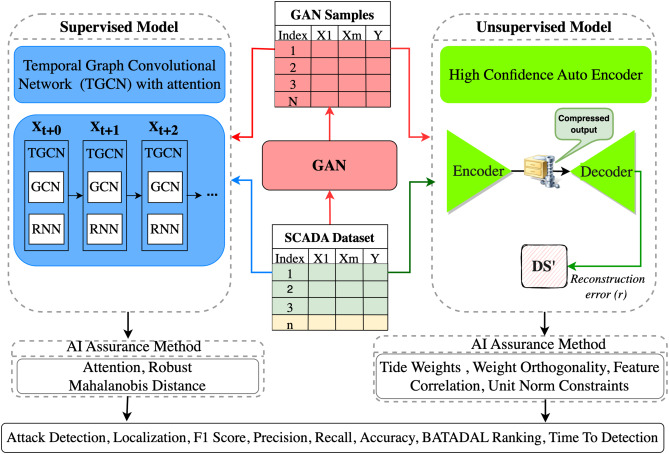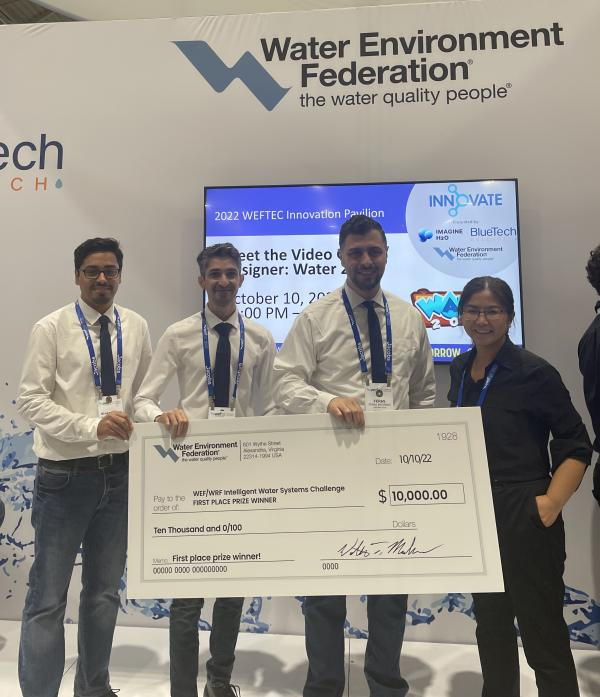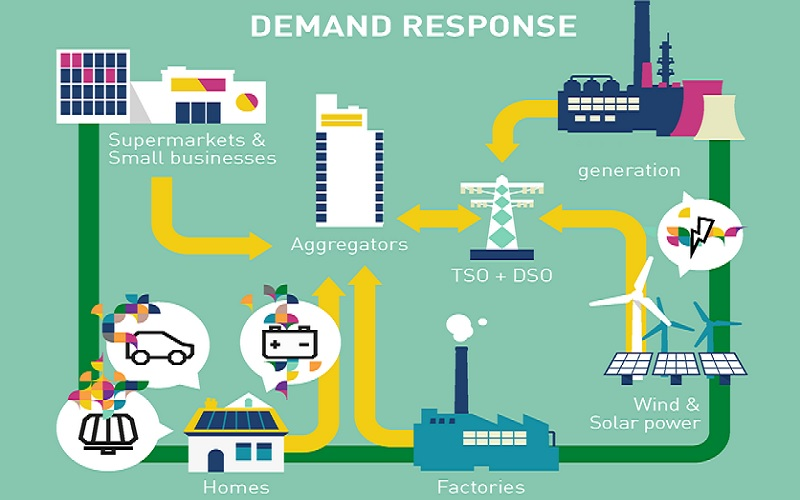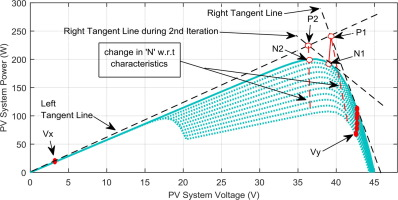Journal Article
Context-driven Deep Learning Forecasting for Wastewater Treatment Plants
Md Nazmul Kabir Sikder, and Feras A. Batarseh
ACM Transactions on Cyber-Physical Systems, Feb 2025
Just Accepted (June 20, 2025)
2025
Wastewater‑treatment utilities face various operational challenges that could benefit from embodied AI and other advanced cyber‑physical technologies. These challenges include optimizing pump schedules, managing energy and chemical consumption during extreme weather events, and interpreting sensor data for water‑quality treatment. Addressing these issues requires accurate short‑term, multi‑step forecasting tools to provide reliable real‑time decision support, particularly during heavy‑rainfall events that can overwhelm operations. Leading water‑system operators and vendors in the United States report that tools capable of forecasting 4–6 hours ahead can significantly enhance resource management, including energy, chemicals, and manpower. However, accurate short‑term forecasting is particularly difficult because of the non‑linearities and seasonal variations inherent in plant data, which limit effective decision‑making. To address these challenges, we propose cP2O, a context‑driven forecasting solution, a novel hybrid deep‑learning architecture integrating dynamic context extraction with hierarchical, dilated long‑short‑term‑memory (LSTM) cells. The proposed model utilizes internal water‑system data, such as flow rates and tunnel levels, along with exogenous variables including weather, river flow, and demographic information to derive relevant context. It captures both short‑term fluctuations and long‑term dependencies in water‑level data, while an internal attention mechanism dynamically weighs the importance of exogenous information. We validate the model on two full‑scale utilities: tunnel‑water‑level forecasting at DC Water’s Blue Plains facility and nitrate‑level prediction at AlexRenew. Relative to strong baselines, cP2O reduces mean absolute percentage error by 22 % and 19 %, respectively, and its 90 % prediction bands cover 90.5 % ± 3.2 % of observations (5.9 % below, 3.6 % above). By dynamically incorporating contextual information, especially under critical conditions, the model delivers reliable real‑time forecasts that enhance resource allocation and strengthen the overall resilience of wastewater‑treatment operations.
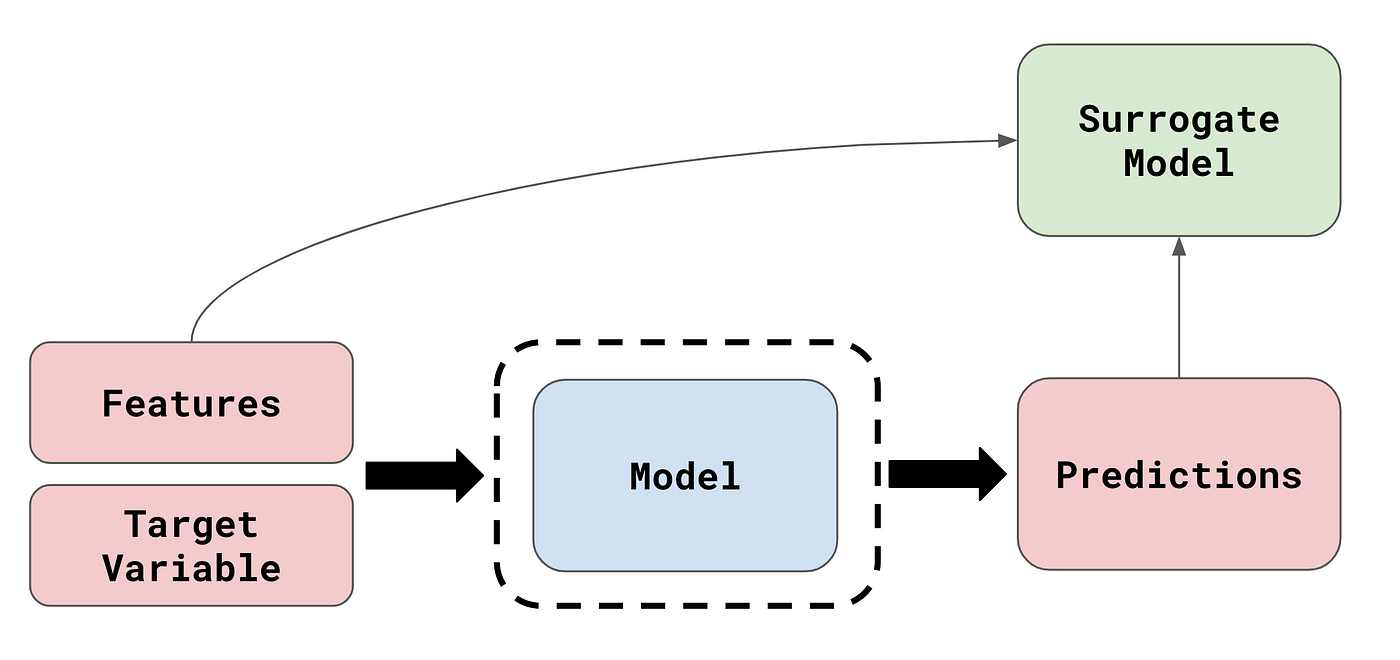 Conference PaperModel-Agnostic AI Assurance Scoring FrameworkIn SDSS Conference 2022, Feb 2022PDF not available - Conference presentation2022
Conference PaperModel-Agnostic AI Assurance Scoring FrameworkIn SDSS Conference 2022, Feb 2022PDF not available - Conference presentation2022